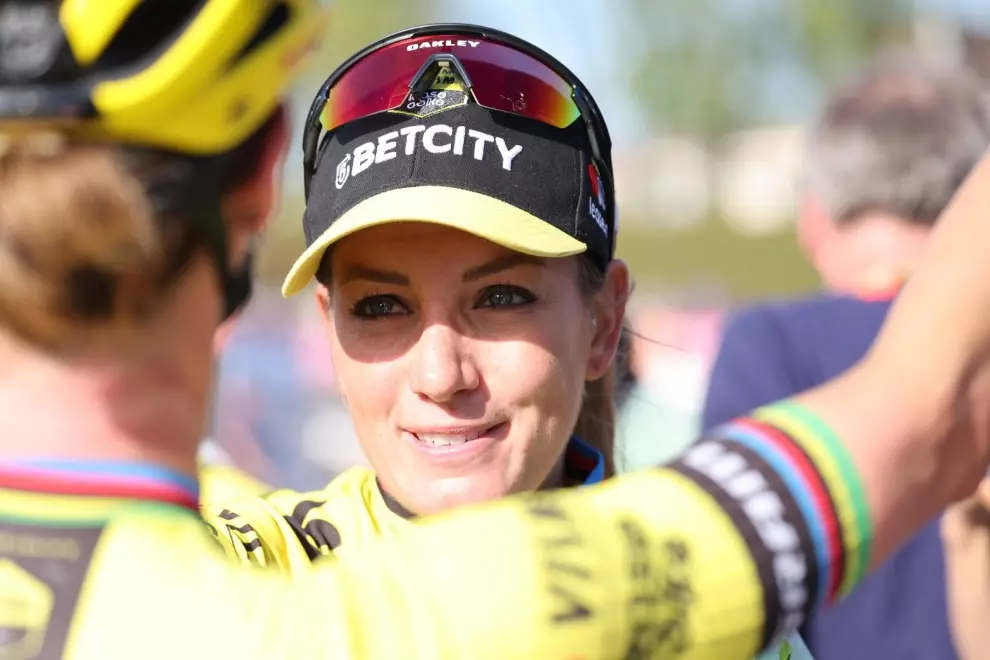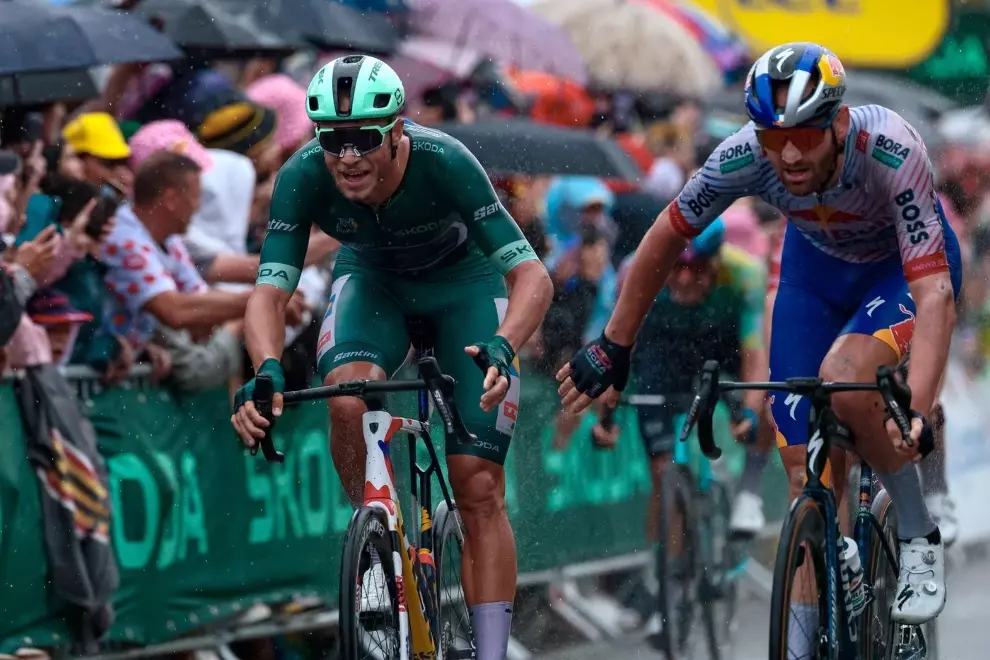Physical training
Practice makes perfect, said someone some time ago, and it turns out he was right (it was Bruce Lee, by the way). Who would have thought that doing something for prolonged periods, gradually increasing the load and intensity, would build your muscles, stamina, and endurance? Well, OK, everyone knows that, so let’s take a page of this general knowledge and make sure you have the proper preparation for L’Étape.
First off, you need to consider the route. The ride will be 138 km long. So, if you’re not used to such lengths, you’d need to start by spending more time on your saddle. The finish time of this race will be 10-11 hours, so you might want to have such rides at least once every two weekends. This will help you get used to riding a bike for longer periods and your bum won’t be as sore when the time for the ride comes.
The next thing you should consider is the climbs. The 2024 edition offers some pretty long ones. The first climb starts at around the 20th km and is 10 km long. Then comes the Col de Turini, which is 20.7 km long. The third climb of the day will be a leisurely 7.5 km climb with a 7.1% gradient. But shortly afterwards comes the final climb, which is undoubtedly the most brutal among the four – a 15.7 km 7.1% gradient crawl to the finish line. This means you will have to put on some leg muscle. Riding climbs like crazy is a good strategy, there’s no doubt about that. And with El Nino sticking around till at least February, we can expect a warmer-than-usual winter, so you will have the opportunity to ride outside.

Still, doing some leg drills at the local gym will benefit you greatly in the long run. Nothing grows muscles like regular high-intensity training with additional weights.
Still, you will need to ride. A lot. So, make sure to build a proper plan to enforce your goals and strengthen your weaknesses. If you have a problem riding for a long time, gradually increase your riding time, be it on a trainer at home or on the road outside. If you have trouble with prolonged climbs, well, it depends on where you live.
Finally, don’t forget to train your VO2 Max efforts. You will need that extra energy when you stumble upon the brutal climbs north of Nice. You can get some inspiration from our dedicated article on the topic.
Learning the route
The next stop is learning the route. This will help you build your strategy accordingly and build your training programme to reflect what you will face on the 7th of July. You will notice that this year, the 138 km ride is a bit more consistent. There will be fewer ups and downs but you will generally have to prepare yourself for longer climbs. Each of the four climbs will take a toll on your legs but the final climb – the 15.7 km HC category Col de la Couillole – will be a great challenge.
So, make sure to have some energy left for the final push. The 7.1% may not look as formidable but there are parts with 16 to 18% gradient, which after 120 km on the road will feel like 40-50% gradients. So, learn more about the route, the feeding stations, and the terrain. You can even go through the entire course on Google Maps if you can’t afford to go to Nice personally before the ride.
Finding your rhythm
Learning more about the route will give you invaluable information for finding your rhythm. Now, that may sound easier than it is as you must keep a 14 km/h pace if you want to finish the race in the timeframe. That’s not too hard on paper but once you hit the climbs, you will learn that keeping 14 km/h is not as easy. The good news is that the descends and the flats constitute about 2/3 of the entire route, so you can always compensate. As you can see, it’s a bit more complicated than just riding along at 14 km/h. You need to account for the rests, feeding stations, and occasional toilet breaks. So, finding your rhythm is a bit harder to do than one may think.
As a general rule of thumb, a professional can keep about 40 km/h pace on this track. A good cyclist can do 30 km/h. If you can manage to go at 20km/h on average, that’s quite enough to finish the race and have some time to spare. Still, if you are toward the 15 km/h average, try to up your pace in the time you have left until the race. You can gradually try to increase your speed to make sure that nothing will stop you from finishing the race.
L’Étape is closer than you think
The grandest of all amateur cycling events will be here faster than you think. Sixteen thousand people have already reserved their bibs and anticipate the glorious moment when they will take a turn at the grandest stage in the cycling world. So, if you are one of them, make sure to be prepared. Usually, around 30-50% of all participants don’t finish. To make the cut, you need to start preparing right now. No ifs or buts! Let’s go!





